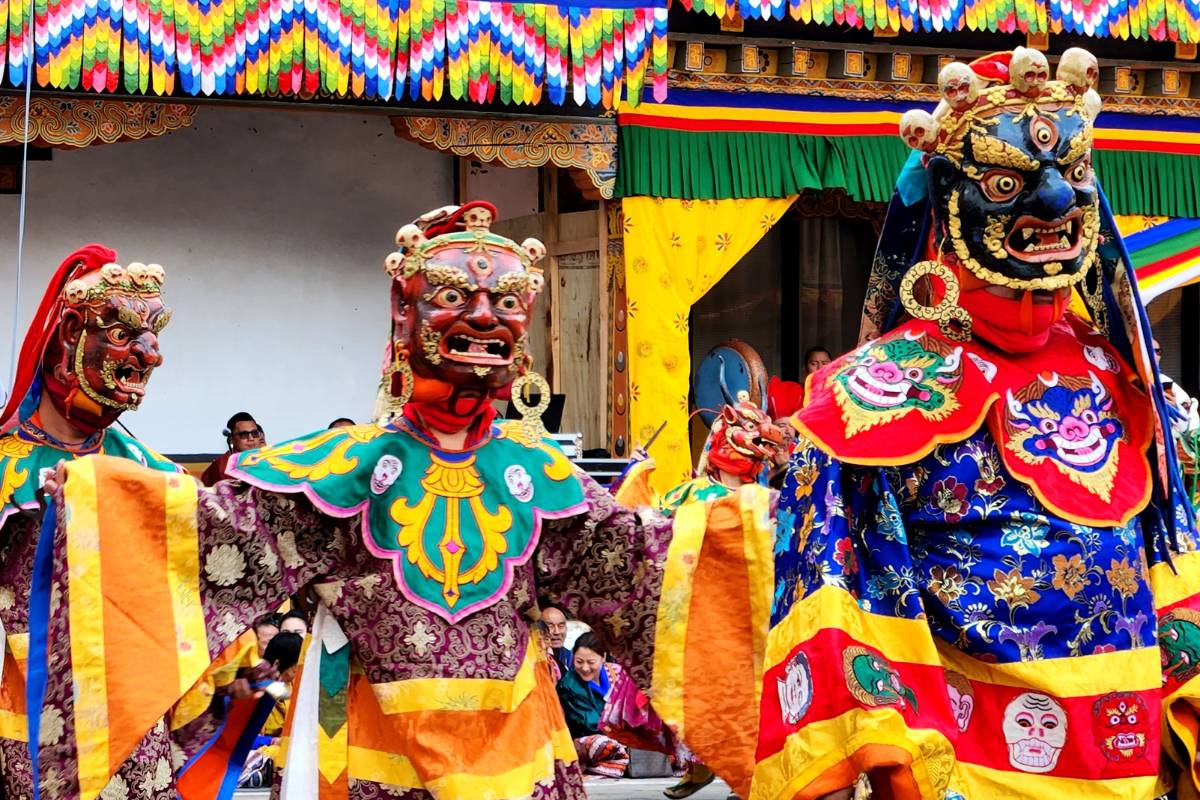
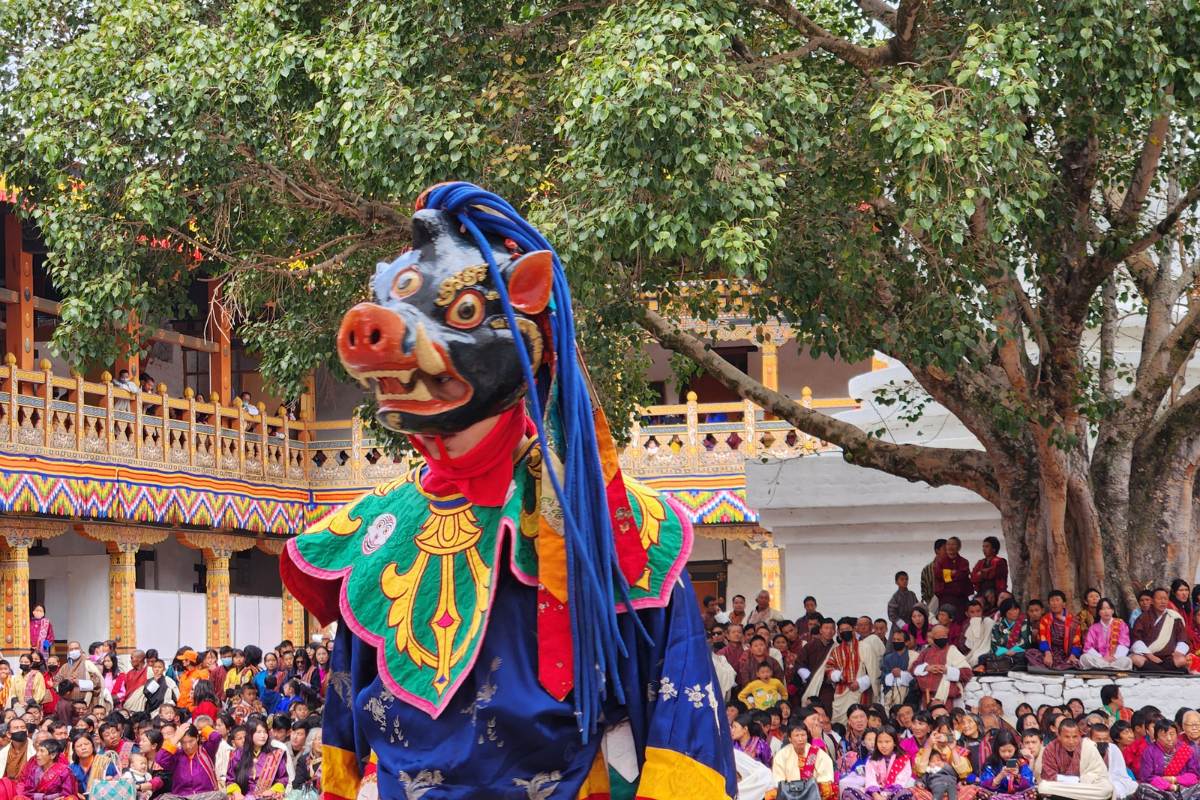
I was thrilled to attend a festival in the incredible Punakha Dzong. The festival’s dances are performed by monks clad in spectacular costumes and wearing intricately carved masks. They present religious dances, re-enactments of the battle to repel Tibetan invaders, and the ever-present contest between wrathful and bountiful deities. The festival is an enjoyable day out for families, everyone in traditional Bhutanese dress (kiras for women and gho for men).
2. Meeting author Kunzang Choden at the Ogyen Cholling Palace
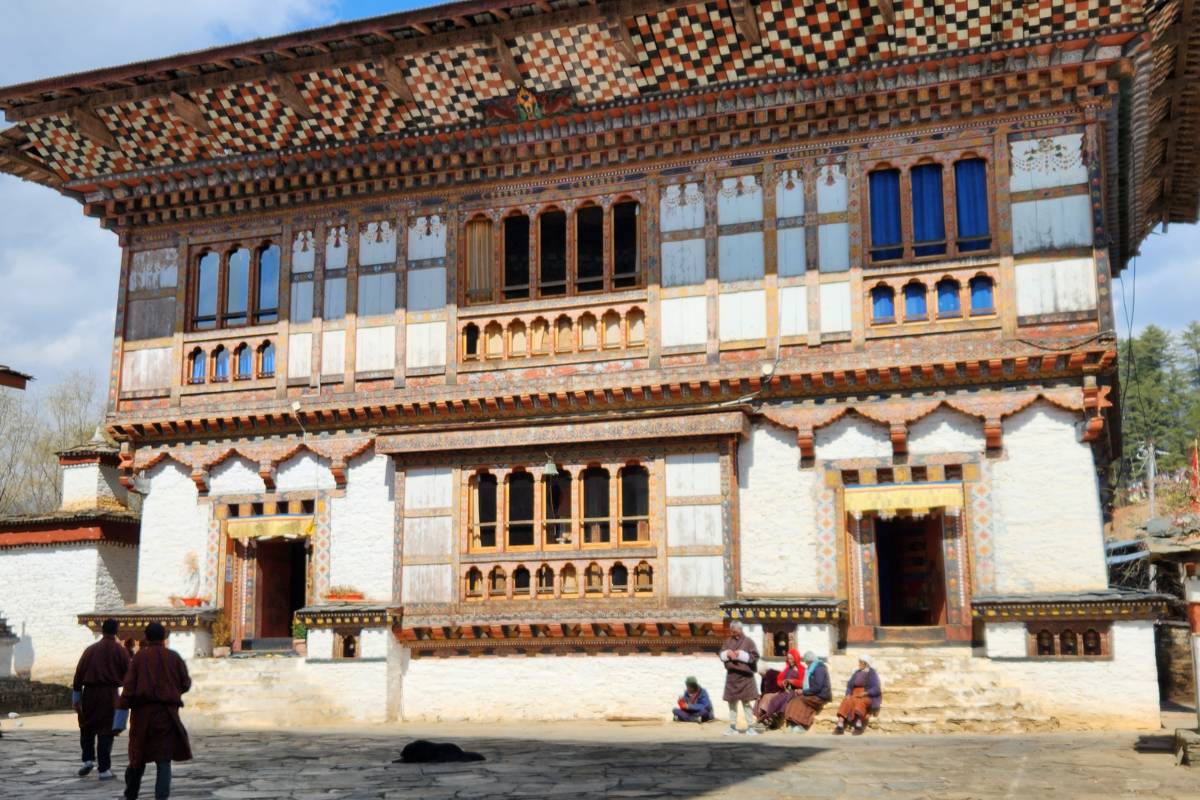
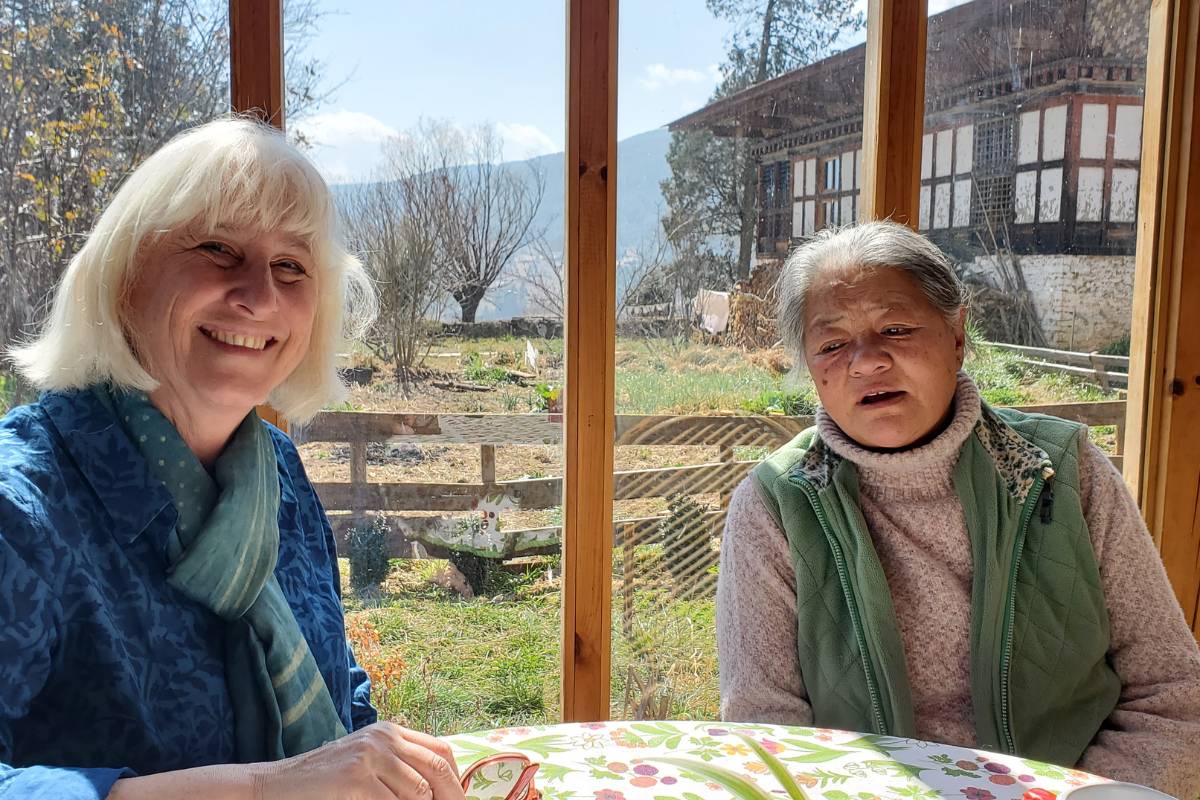
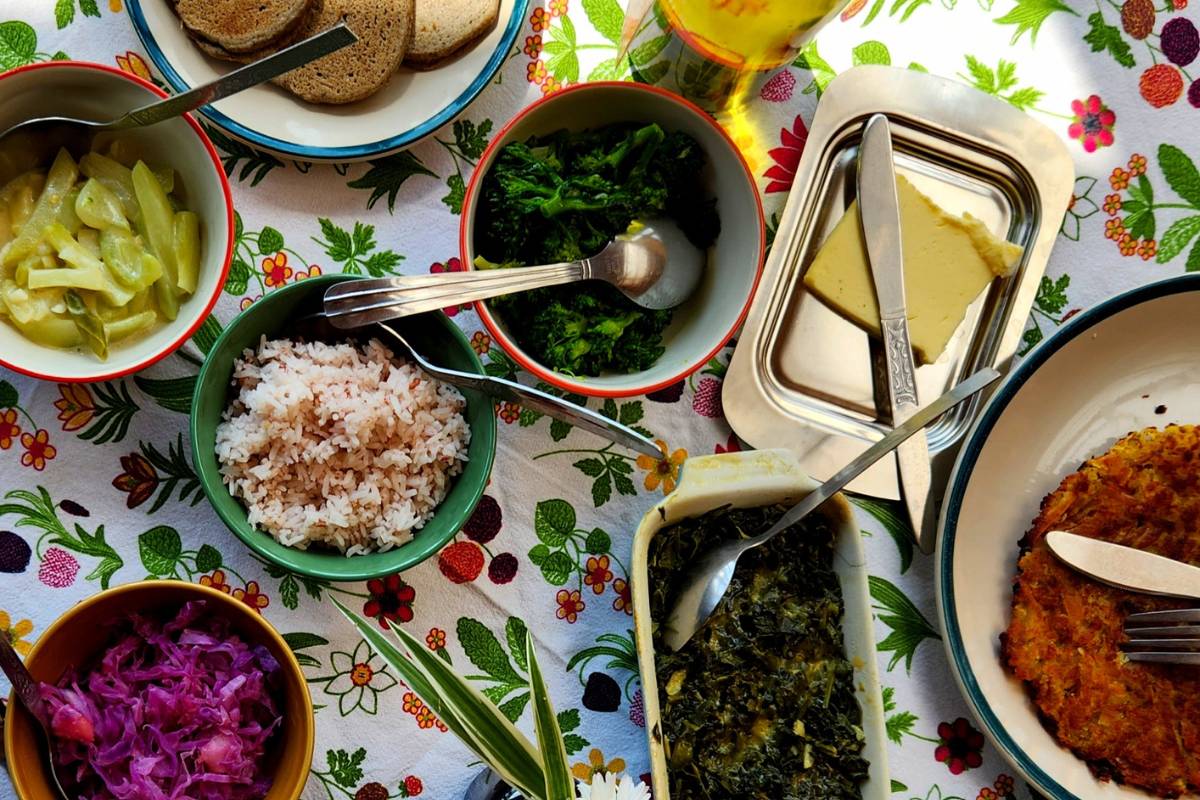
Kunzang Choden has restored her ancestral home to provide an excellent insight into the lifestyles and living conditions of a typical landed family of the last century. Part folk museum, part religious centre, the complex is an absolute treasure. Kunzang joined me for a wonderful lunch (prepared from the estates’ organic garden) and to share her experiences growing up in Bhutan.
3. Learning to prepare Ema Datshi – Bhutan’s favourite dish
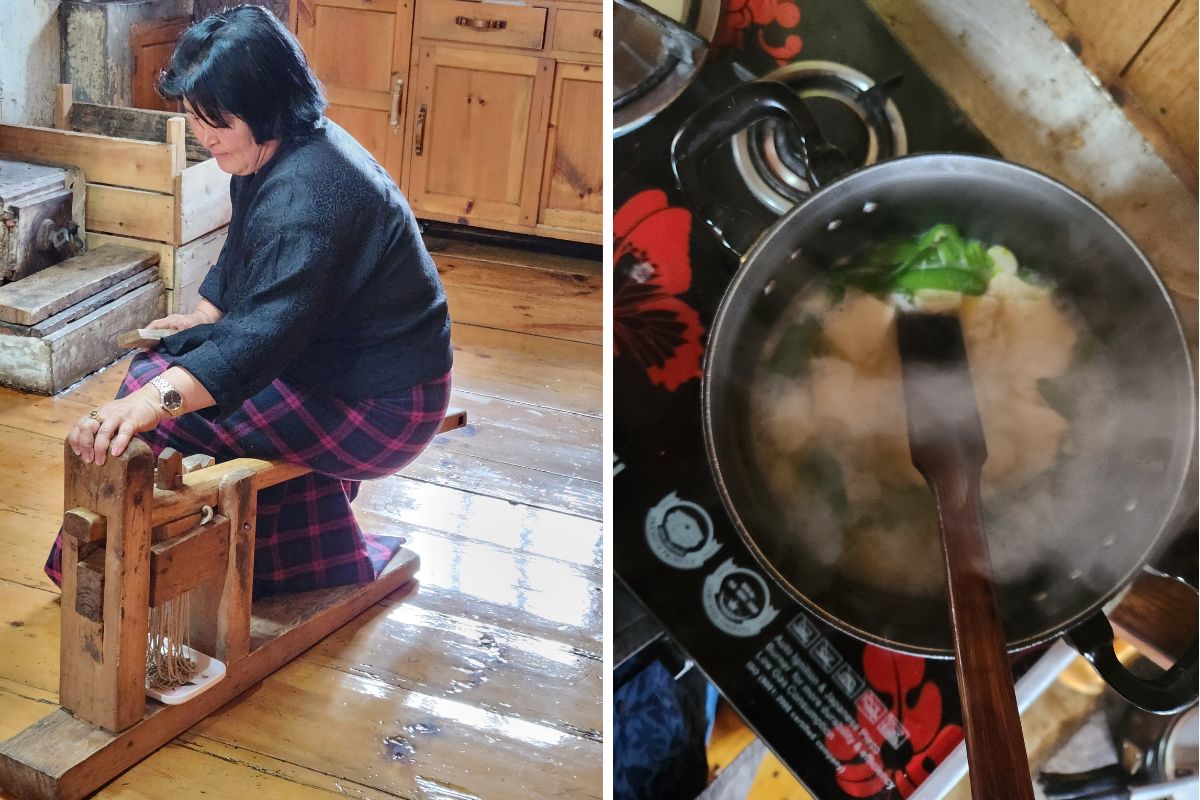
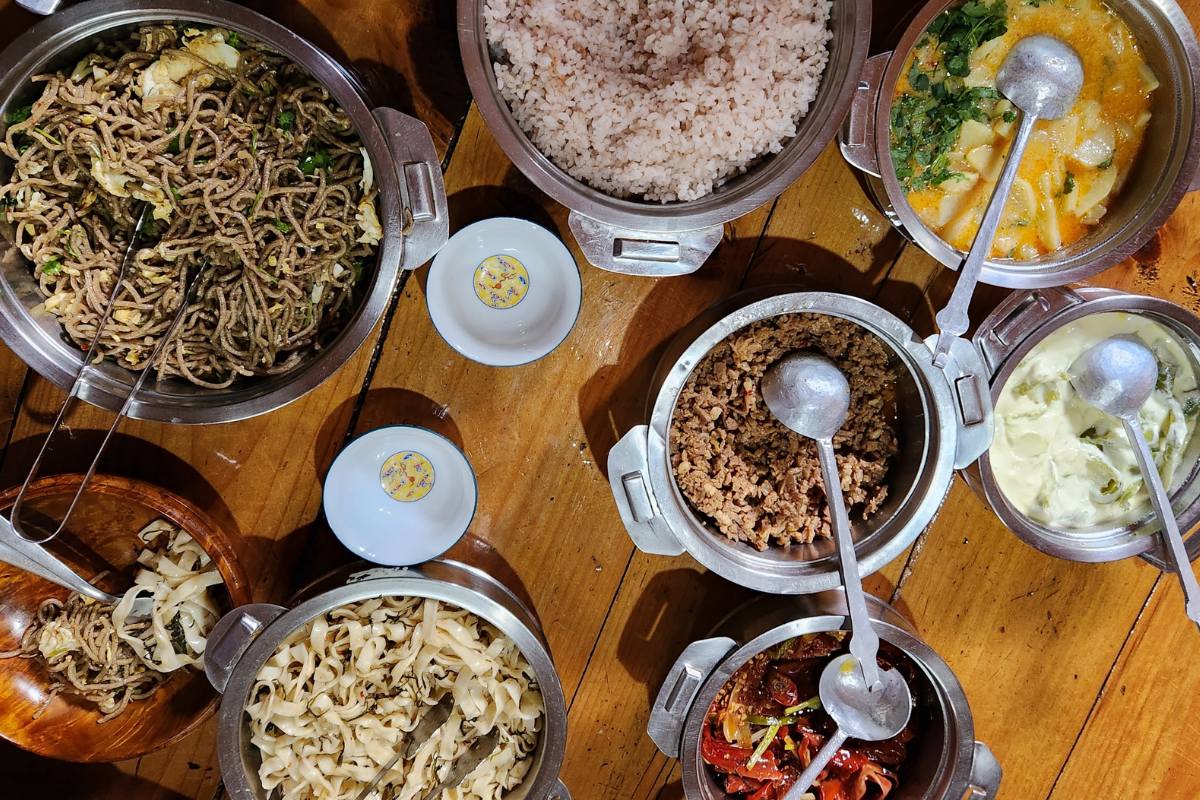
4. Visiting the elementary school in Jakar
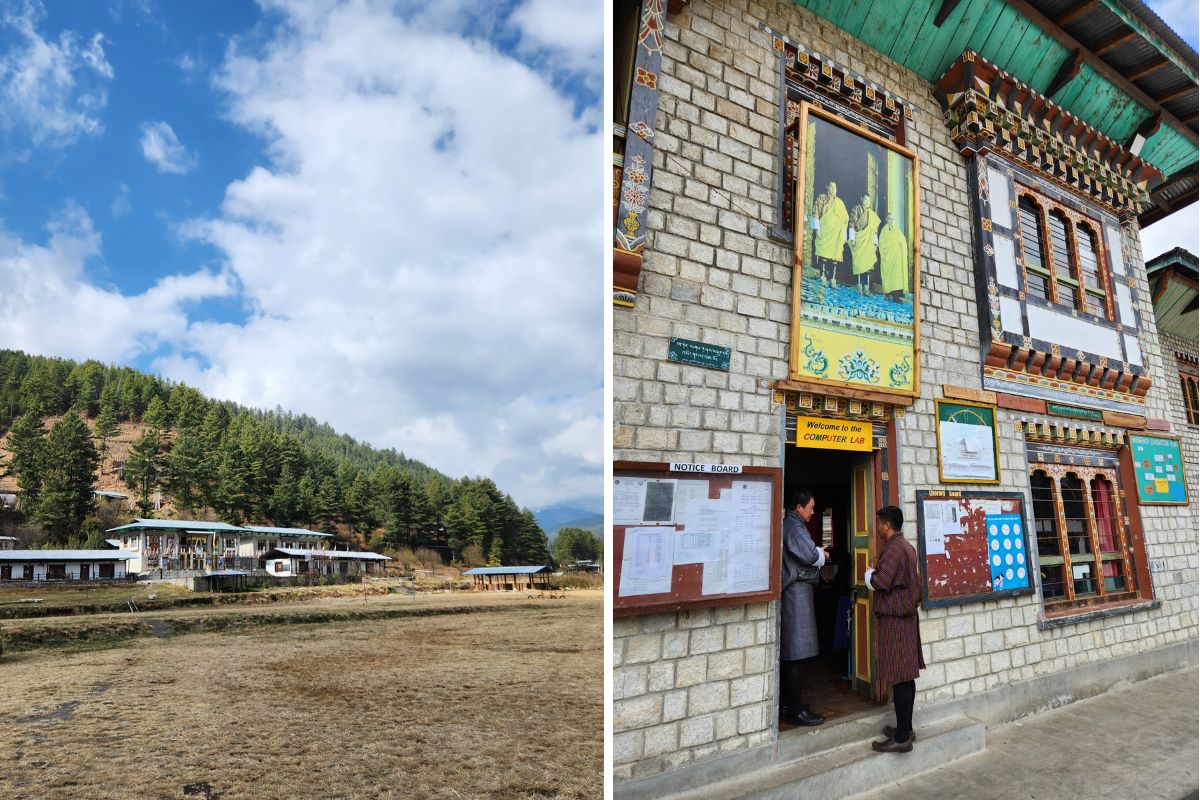
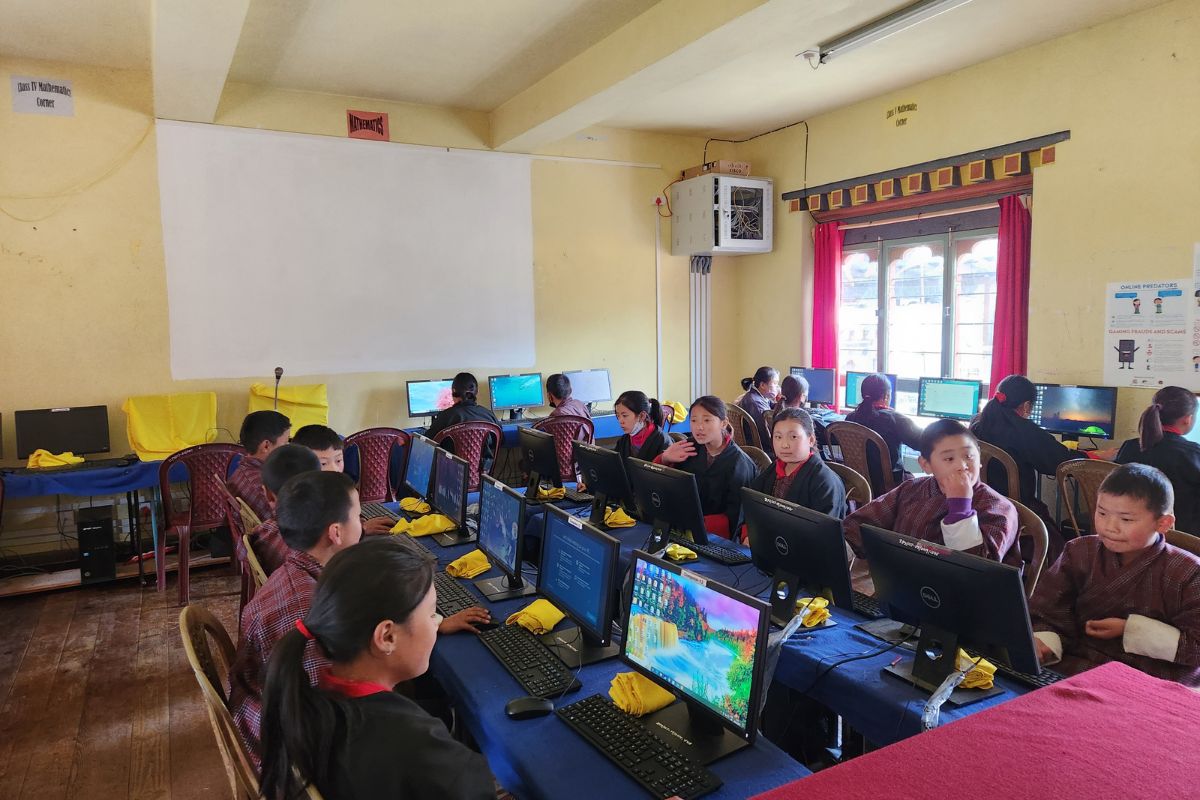
Often Bhutan can feel like a step back in time. The land is rugged and largely empty of roads, people where the national dress, archery is the national sport, and progress is measure by “Gross National Happiness.” Largely cut off from the rest of the world - both through geographical positioning and its own political desires - in many places, things have barely changed at all over the last 500 years. Television and the internet arrived only in 1999, but both have been rapidly absorbed. It was astonishing to see youngsters deep into computer literacy training and shyly answering my questions in English. It will be interesting to see how the country navigates the balance of tradition and modernity.
5. Hiking Tiger’s Nest (well, part way)
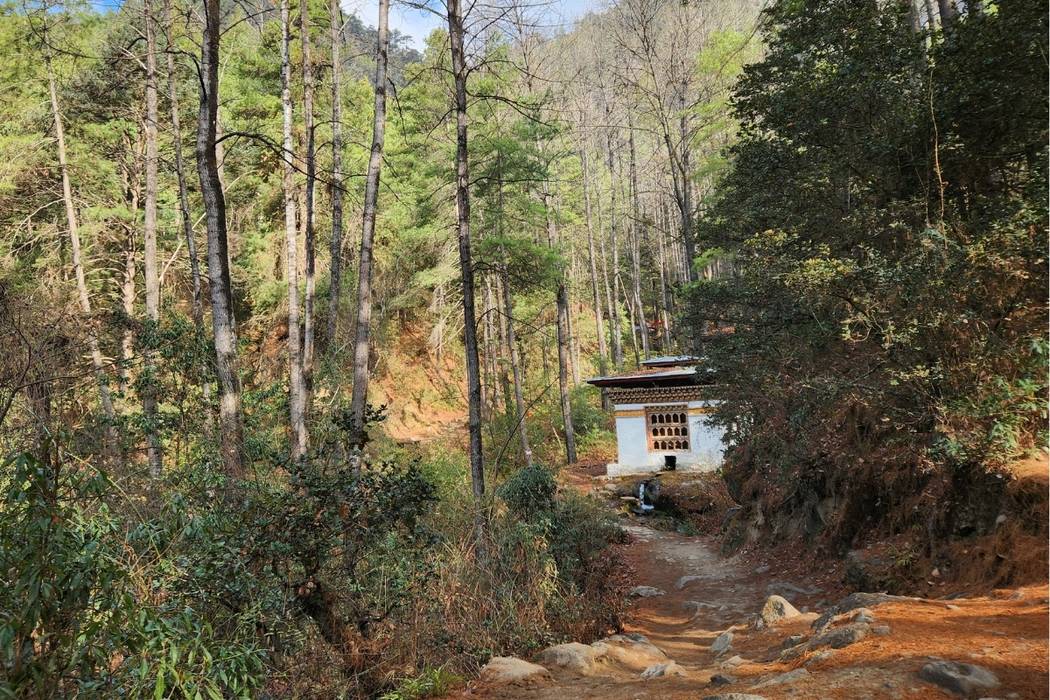
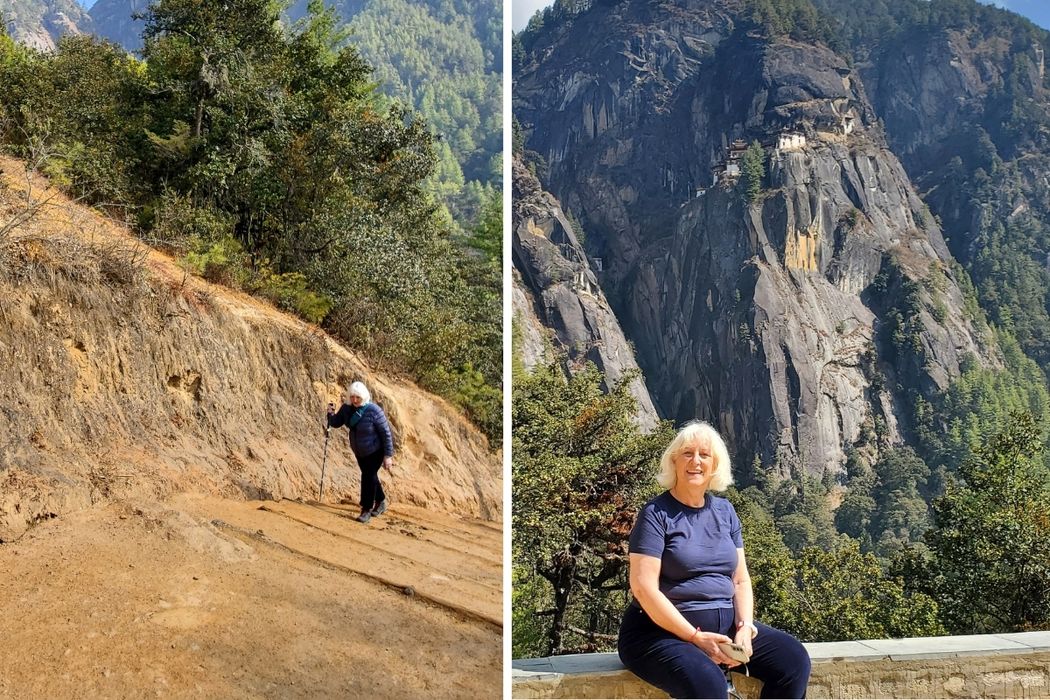
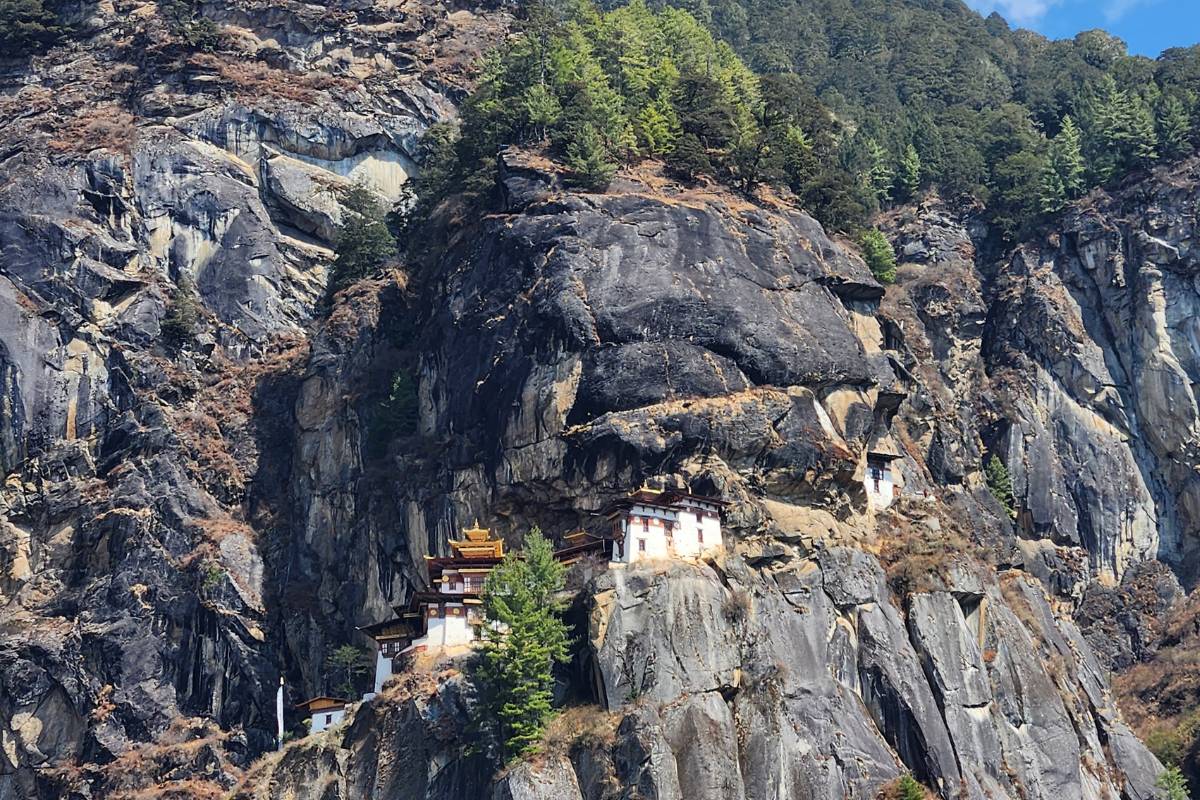
Spoiler alert: I only made it halfway up and it was still spectacular! I devoted a whole day to the walk. This beautiful, precariously perched Buddhist monastery is the national symbol of Bhutan. The trail is about 3km one way with just one path up and down. The upwards hike should take about two hours (it took me three!). Much of the path is through a very pretty blue pine forest with lovely viewpoints to the monastery and into the valley. The path is wide and filled with colourful prayer flags along the route. I was happy to have a trekking pole, but the key really is to take your time and enjoy the views.
The halfway mark is the Taktsang cafeteria – the café directly faces the Tiger’s Nest and the opportunity to enjoy a coffee (from an excellent espresso machine), the sunshine, and that spectacular view was enough to convince me that the next hour or so would be well spent quietly taking it all in.
My companions continued to the monastery, walking further uphill to another fantastic viewpoint, and then down and up a series of steps into the monastery itself.
According to legend a tigress carrying the Guru Rinpoche (also known as Padmasambhava) landed at the site of cave here and defeated the tiger demon who had brought suffering to the Paro Valley. The guru meditated in the cave for a total of three years, three months, three weeks, three days and three hours, making this one of the most sacred sites in Bhutan.
Whether you make it to the monastery or enjoy the view from the halfway point, you don’t want to miss this experience!
6. Our wonderful guide Rinzing
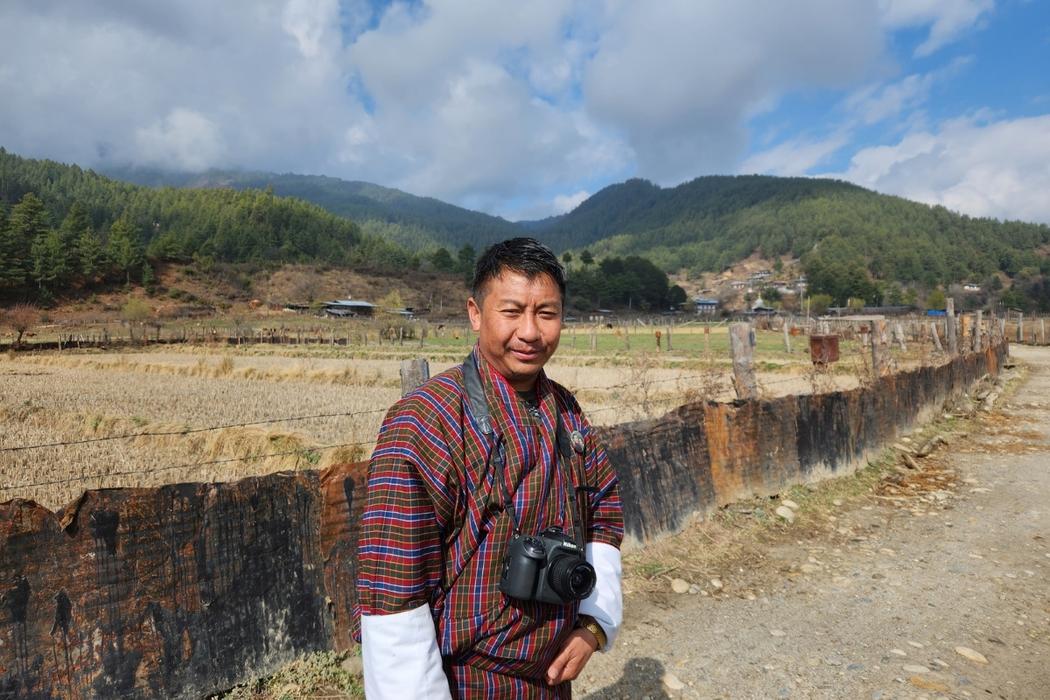
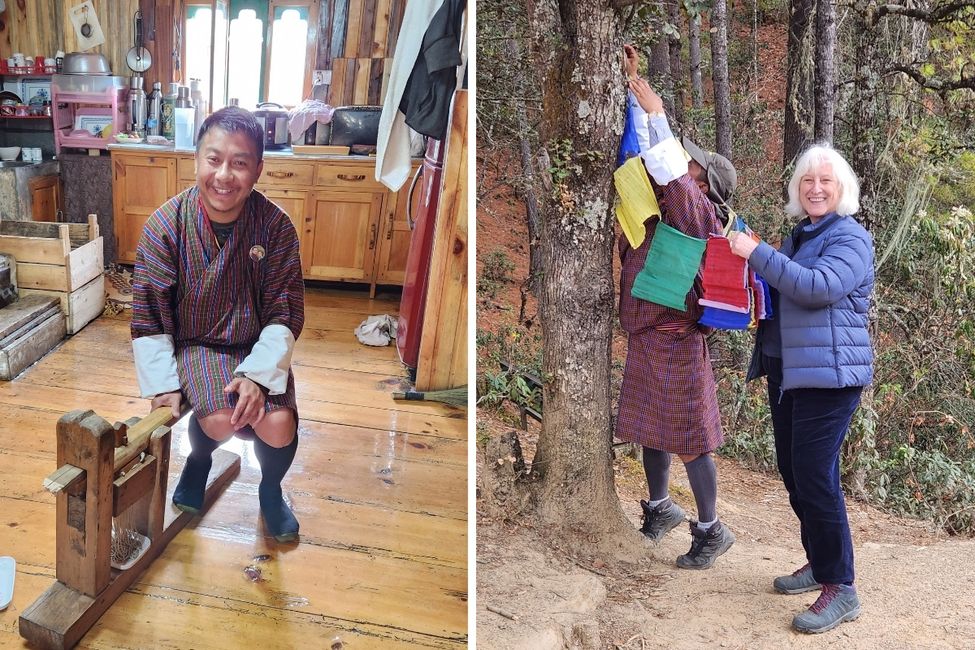
I have to add one more ‘favourite thing’ - the wonderful people I met along the way. Rinzing is our cultural ambassador; he travels with all our groups in Bhutan and I was so happy to meet him in person. Endlessly knowledgeable, patient, and enthusiastic, Rinzing helped me to better understand and experience the cultures and customs of the Bhutanese people. At the end of my trip, we hoisted a prayer flag together. I know I’ll be back to Bhutan and I hope you’ll consider a trip to this magical, mystical country before too long.
____________________________________________________________________________
Join us on tour!
Bhutan: Is This the Last Shangri-La?
Led by Paula Swart
October 31 - November 10, 2023 | Learn more


